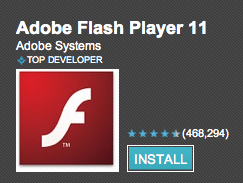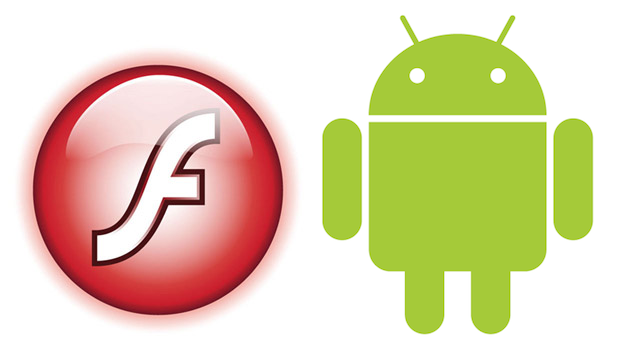
Google now flags Flash content in search results on Android/iOS devices, saving clicks
 If you’ve ever been frustrated by visiting a website on your smartphone or tablet and finding it won’t work because it uses Flash, you’ll welcome the latest Google initiative: it is now flagging Flash content in its search results, warning that the site may not work on your device.
If you’ve ever been frustrated by visiting a website on your smartphone or tablet and finding it won’t work because it uses Flash, you’ll welcome the latest Google initiative: it is now flagging Flash content in its search results, warning that the site may not work on your device.
Starting today, we will indicate to searchers when our algorithms detect pages that may not work on their devices. For example, Adobe Flash is not supported on iOS devices or on Android versions 4.1 and higher, and a page whose contents are mostly Flash may be noted
As Google notes, Android abandoned Flash support as of Jelly Bean due to reliability, security and performance concerns. Adobe has been forced to issue a succession of security updates to Flash, the most recent being two emergency updates earlier this year. Google says it hopes the move, coupled to Web Fundamentals and Web Starter Kit initiatives for developers will encourage the use of HTML5 in place of Flash.





